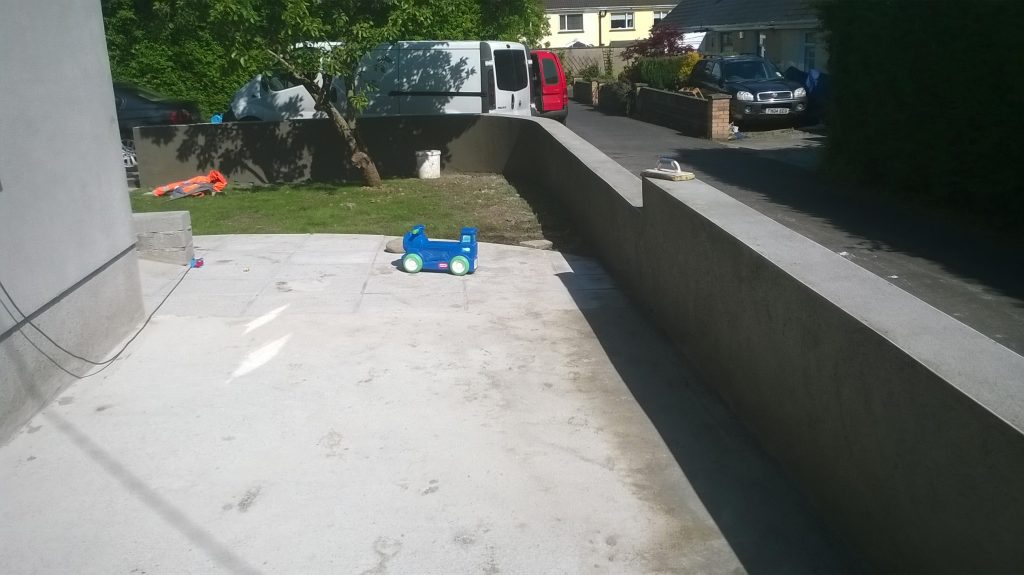Skimming Plaster: A Comprehensive Guide
Skimming plaster is a crucial process in the realm of construction and renovation. This technique involves applying a thin layer of plaster over a surface to create a smooth and even finish. Whether you are renovating your home or working on a large-scale construction project, understanding the nuances of skimming plaster is essential for achieving a flawless result.
Understanding Skimming Plaster
Skimming plaster is primarily used to cover imperfections on walls and ceilings, providing a clean canvas for painting or wallpapering. It involves the application of a thin layer of finishing plaster, typically around 2-3mm thick, using a trowel or a similar tool. The goal is to create a seamless, uniform surface that enhances the aesthetic appeal of the area being worked on.
The Process
The process of skimming plaster begins with the preparation of the surface. Any loose paint, wallpaper, or existing plaster needs to be removed, and the surface must be cleaned thoroughly. Once the surface is ready, a primer may be applied to improve adhesion.
Next, the plaster is mixed to the right consistency, ensuring it is smooth and free of lumps. The plaster is then applied to the surface using a firm, sweeping motion, followed by smoothing and leveling with a trowel. Multiple layers may be necessary to achieve the desired finish, with each layer being allowed to dry before the next one is applied.
Tools and Materials
Several tools and materials are essential for skimming plaster effectively. These include:
- Plaster: Choosing the right type of plaster is crucial, as different plasters have varying drying times and consistencies.
- Trowel: A good quality stainless steel trowel is essential for applying and smoothing the plaster.
- Mixing equipment: A mixing bucket and paddle mixer are needed to prepare the plaster to the correct consistency.
- Primer: A suitable primer helps the plaster adhere to the surface and improves its durability.
Tips for Success
To achieve the best results when skimming plaster, consider the following tips:
- Ensure the surface is clean, dry, and free from dust and debris before applying the plaster.
- Work swiftly but carefully when applying the plaster to avoid uneven drying and setting.
- Use long, sweeping motions with the trowel to achieve an even finish.
- Sand the dried plaster lightly between coats to remove any imperfections and create a smooth surface for the next layer.
In conclusion, skimming plaster is a fundamental skill for anyone involved in construction or renovation projects. By understanding the process, using the right tools and materials, and following best practices, one can achieve a professional-quality finish that enhances the overall look and feel of any space.




